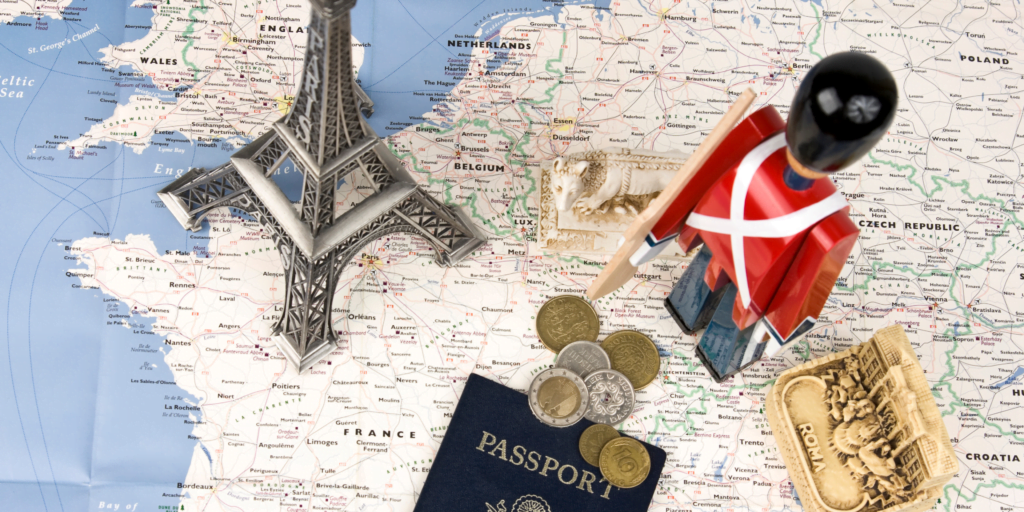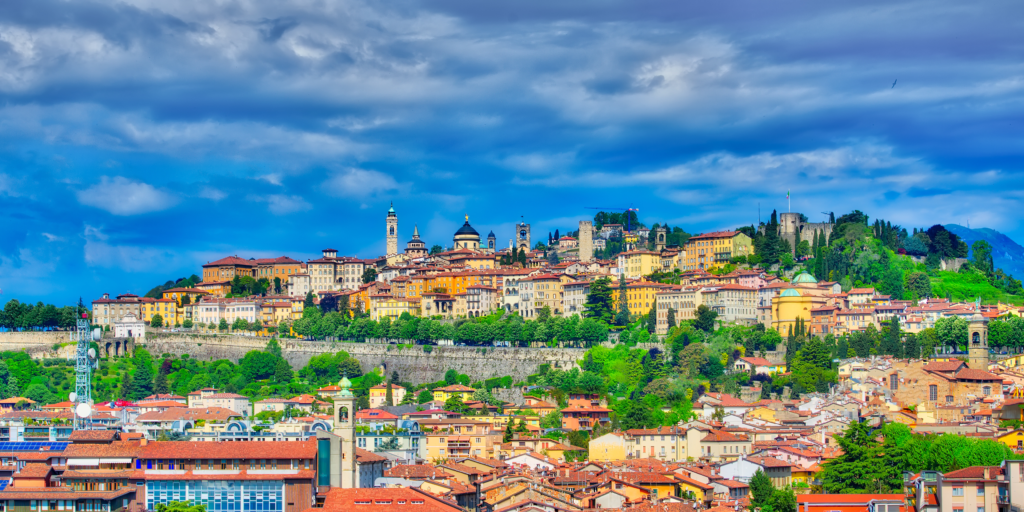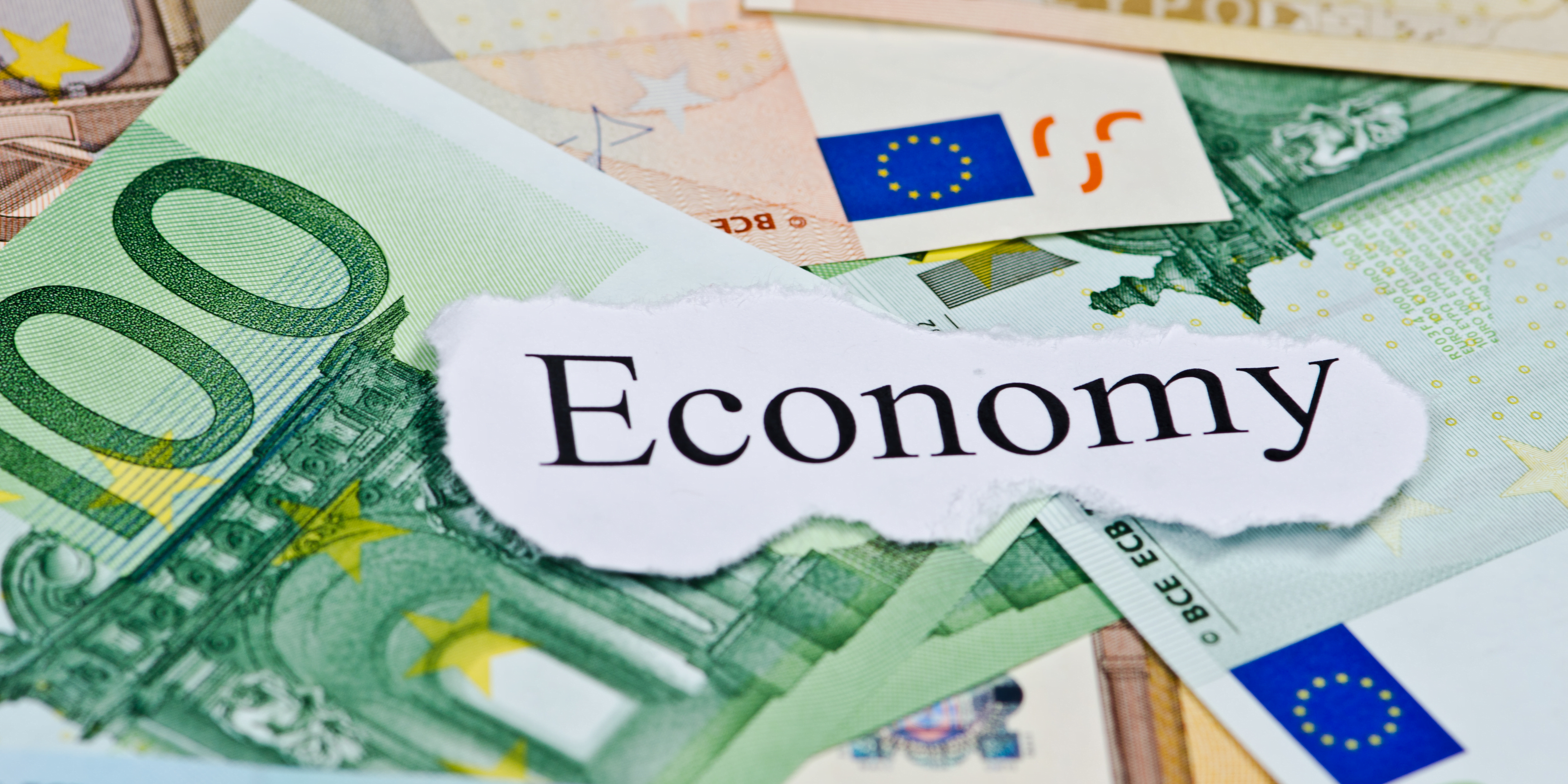
Europe’s economy is diverse and multifaceted, comprising a wide range of industries and sectors that contribute to its overall prosperity. Over the centuries, Europe has evolved from agrarian economies to industrial powerhouses, and today it is a leader in many advanced sectors. Leading sector such as manufacturing, services, technology, finance, and tourism are the major source of Economy of Europe. In this exploration, we’ll delve into the major sources of Europe’s economy, examining key industries, trends, and contributions that define its economic landscape.
Historical Context:
Europe’s economic history is marked by significant transformations. The continent like Britain, Germany and France was the birthplace of the Industrial Revolution in the late 18th century. Which spurred rapid urbanization, technological advancements, and the growth of manufacturing industries. During the 19th and early 20th centuries, European nations became global economic powers, leading in sectors.
Leading sectors includes textiles, steel production, and engineering.

The devastation of two World Wars in the first half of the 20th century brought profound changes to Europe’s economic landscape. Post-World War II, Europe witnessed a period of reconstruction and integration, highlighted by the formation of the European Economic Community (EEC) in 1957, which later evolved into the European Union (EU). The EU’s establishment aimed to foster economic cooperation, trade liberalization, and shared prosperity among member states.
Key Economic Sector of Europe :

1. Manufacturing:

Manufacturing remains a cornerstone of Europe’s economy, encompassing industries like automotive, aerospace, machinery, and pharmaceuticals. Germany stands out as Europe’s manufacturing powerhouse, known for its precision engineering and high-quality production. The automotive sector, with companies like Volkswagen, BMW, and Mercedes-Benz, is a vital component of Europe’s manufacturing landscape.
2. Services:

The services sector is the largest contributor to Europe’s GDP, encompassing a broad range of industries such as finance, healthcare, education, retail, and information technology. Financial services, in particular, are concentrated in cities like London, Frankfurt, and Paris, home to major banks, investment firms, and insurance companies.
3. Technology and Innovation:

Europe has a thriving technology ecosystem, with hubs in cities like London, Berlin, Stockholm, and Amsterdam. The continent is known for its contributions to telecommunications, software development, and biotechnology. Companies like Spotify, Ericsson, and SAP are prominent examples of European tech success stories.
4. Tourism:

Tourism plays a vital role in Europe’s economy, drawing millions of visitors each year to iconic landmarks, cultural sites, and natural attractions. Countries like France, Spain, and Italy are major tourist destinations, offering rich histories, vibrant cultures, and scenic landscapes that appeal to global travelers.
5. Agriculture and Agribusiness:

While the agricultural sector has declined in importance compared to previous centuries, agriculture still plays a significant role in Europe’s economy, especially in rural areas. European agriculture emphasizes high-value products such as wine, cheese, and specialty crops, alongside modern farming techniques and agribusiness ventures.
European Union and Trade:
The European Union has been instrumental in shaping Europe’s economic landscape. It operates as a single market with free movement of goods, services, capital, and labor among member states. Also promoting economic integration and cross-border trade. The EU’s trade policies and agreements have facilitated access to global markets for European businesses, boosting exports and economic growth. It also acts as the major source of Economy of Europe.
Challenges and Opportunities:
Europe faces several economic challenges, including demographic shifts, technological disruption, and global competition. Aging populations and low birth rates pose long-term challenges for labor markets and social welfare systems. Furthermore, Europe is navigating the transition to a greener economy, emphasizing sustainability and renewable energy sources.
However, Europe also possesses significant opportunities. Investments in research and development, particularly in emerging technologies like artificial intelligence and clean energy, can drive future growth and competitiveness. The EU’s focus on digital transformation and infrastructure development through initiatives like the European Green Deal presents avenues for innovation and economic revitalization.
Conclusion:
Europe’s economy is a dynamic tapestry of industries, services, and innovations that reflect its rich history and global influence. While traditional sectors like manufacturing and services continue to thrive, Europe is also embracing new frontiers in technology, sustainability, and trade. The European Union remains central to Europe’s economic integration and competitiveness, shaping policies that impact millions of businesses and individuals across the continent.
In summary, Europe’s economy is a testament to resilience and adaptation, characterized by diversity, innovation, and a commitment to sustainable growth in an interconnected world.









